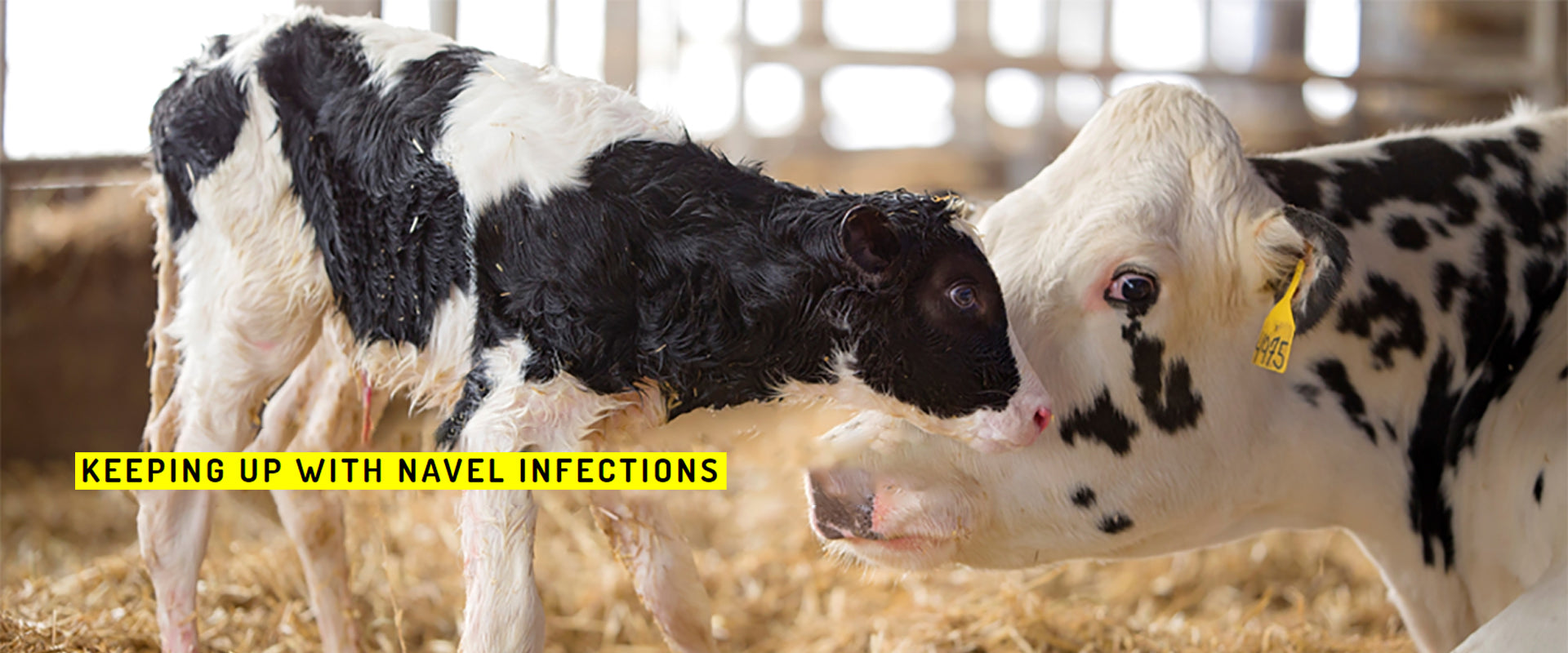Many would consider colostrum to be the most important management factor in a calf’s life. Colostrum is a complex biological liquid that contains a large number of immunological as well as non-immunological ingredients that are important for calf wellness. There is more to Colostrum than just IgG-immune factors, nutrients, growth factors and hormones. Colostrum also contains Biological Immune Modifiers which are extremely important for the development of the Immune System and MicroBiome. Colostrum management protocols are some of the most important factors determining a calf’s health and survival during the first two months of life, and her future milk production. As our standards of calf care continue to improve, methods to evaluate colostrum quality and success of passive immunity transfer have been updated.

Critical Control Points for Colostrum Management

Timing is key - feed within 6 hours of birth. Absorption of antibodies decreases with time and is essentially non-existent by 24 hours of age. Colostrum temperature should be 104 F/ 40 C, or as close as possible to the calf's body temperature.

Hand-feed an adequate amount of colostrum - feed 4 quarts/liters of clean, high quality colostrum within the first 2 hours of life. 2 quarts/liters six hours later and then another 2 quarts/liters six hours after that. Feed colostrum and transition milk for four days.

Immunoglobulin concentration - of colostrum varies between cows. Collect colostrum from healthy cows with clean udders within one to two hours of birth. Colostrum contains antibodies, known as immunoglobulins which are not transferred from the mother to the calf (fetus) prior to birth.

Feed Squeaky clean - free of debris, blood and other contaminants. Calves fed colostrum low in bacterial numbers early in life, have a more rapid colonization of beneficial bacteria in their intestines, and less potential colonization of scour-causing bacteria.

Feed high-quality colostrum - colostrum should be tested to ensure calves receive adequate amounts of immunoglobulins. A Brix refractometer measures the percentage of solids in a solution which is correlated to the amount of IgG in colostrum. Please see table below for Passive Immunity Standards.

WATCH VIDEO


Navel infections are among the biggest threats to a newborn calf in their first few hours. In some parts of the world it accounts for over 1 in 5 of all pre-weaning deaths related to disease. Approximately 5 to 20% of the calves in the US develop navel infections, and 1.6% of calf mortality is attributed to this condition. The navel is the remnant of the umbilical cord, a tube like structure that connects the unborn calf and the dam so that the calf has access to the dam’s blood supply. If a navel infection takes hold, it can lead to liver problems, joint ill, respiratory disease and even death. If you don’t look for navel infections you will find them too late. Even when your calf has been treated, it is vital that you perform a navel examination on the calf.
Reduce Pathogen Exposure

1. Keep it clean - It is extremely important to keep everything clean around the calf, especially before any disinfectant is applied.

2. Disinfect it - Use a small disposable cup to dip the calf’s umbilical stump in an effective antibacterial solution. This allows for complete coverage and also limits calf-to-calf pathogen exposure.

3. Monitor it - Check the navel area two to three times during the first week of life to ensure it is fully healed and dry. It should be no bigger than the diameter of a pencil after three to five days.

4. Manage flies - Flies can be an infection source. Implement good management practices to reduce the fly population in maternity and calf hutches.

WATCH VIDEO

- Choosing a selection results in a full page refresh.
- Press the space key then arrow keys to make a selection.
- Use left/right arrows to navigate the slideshow or swipe left/right if using a mobile device


